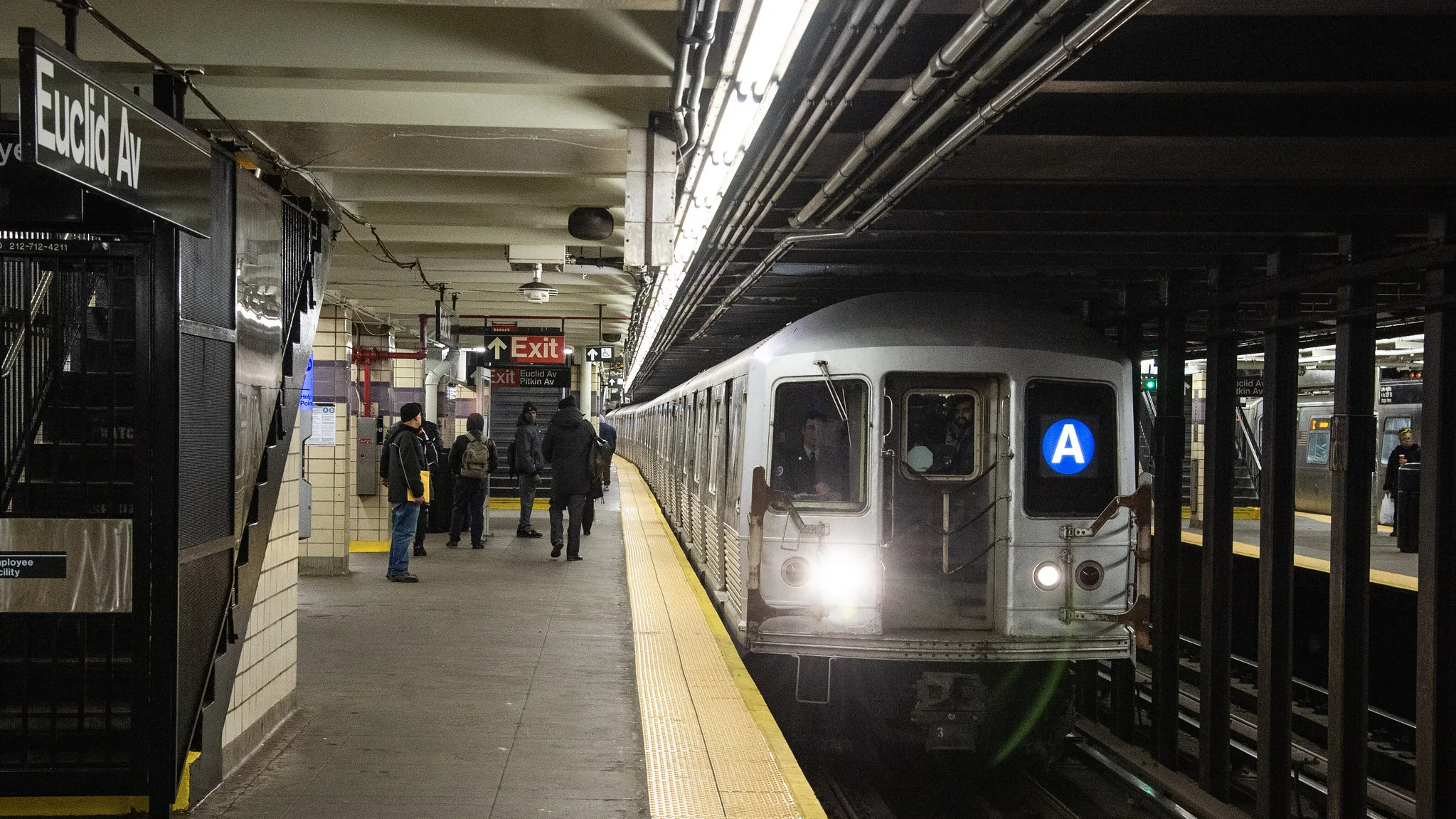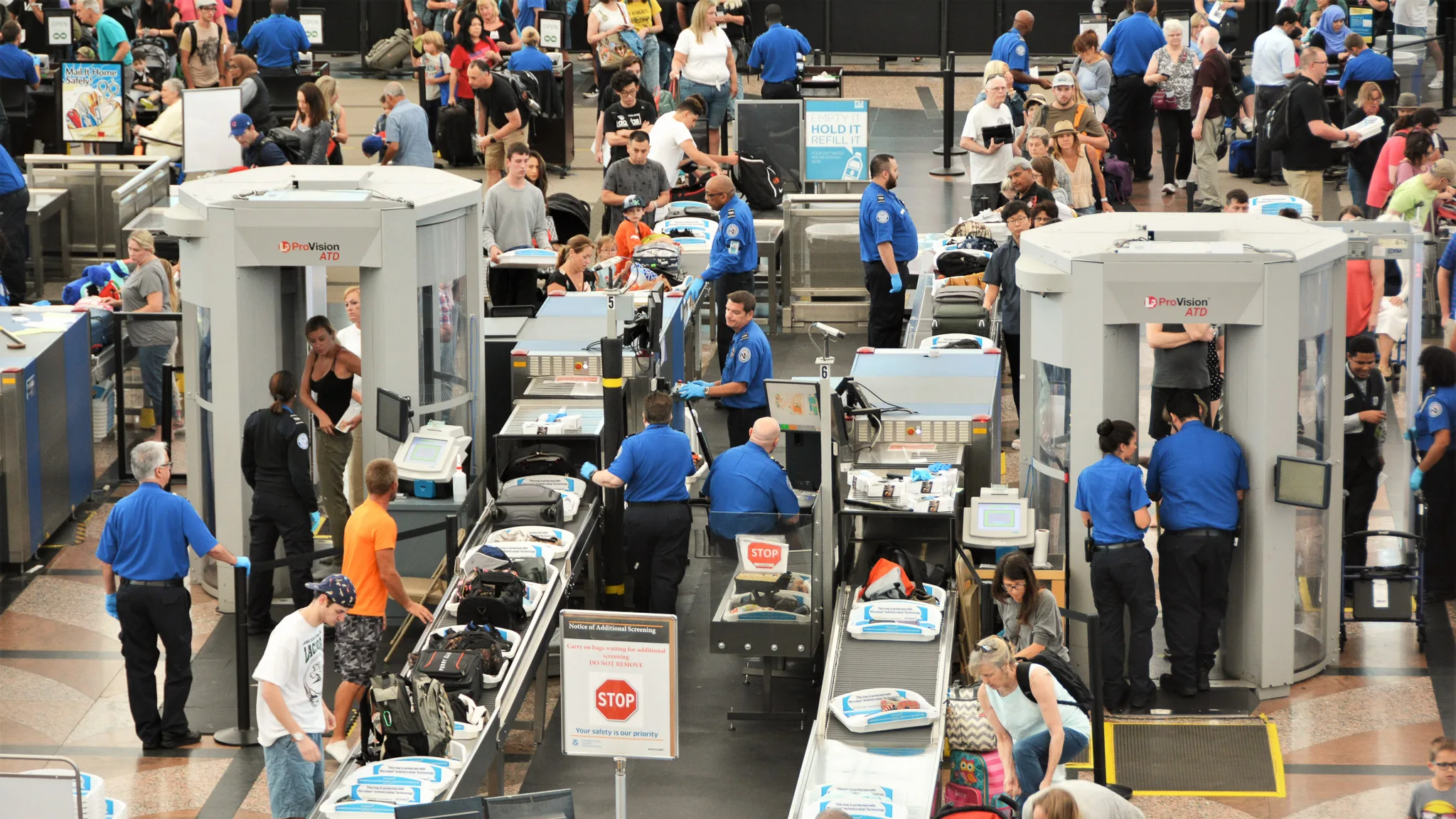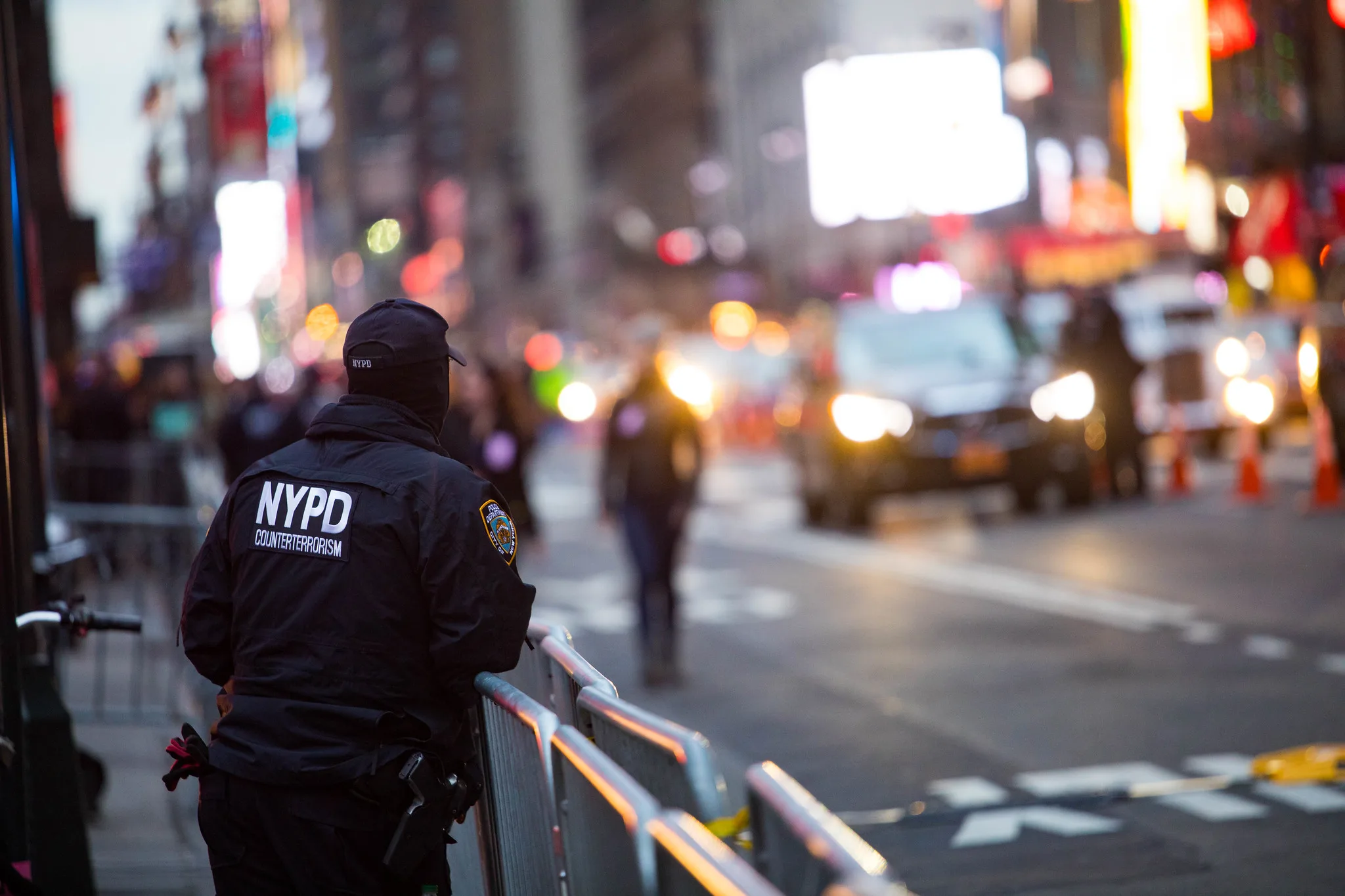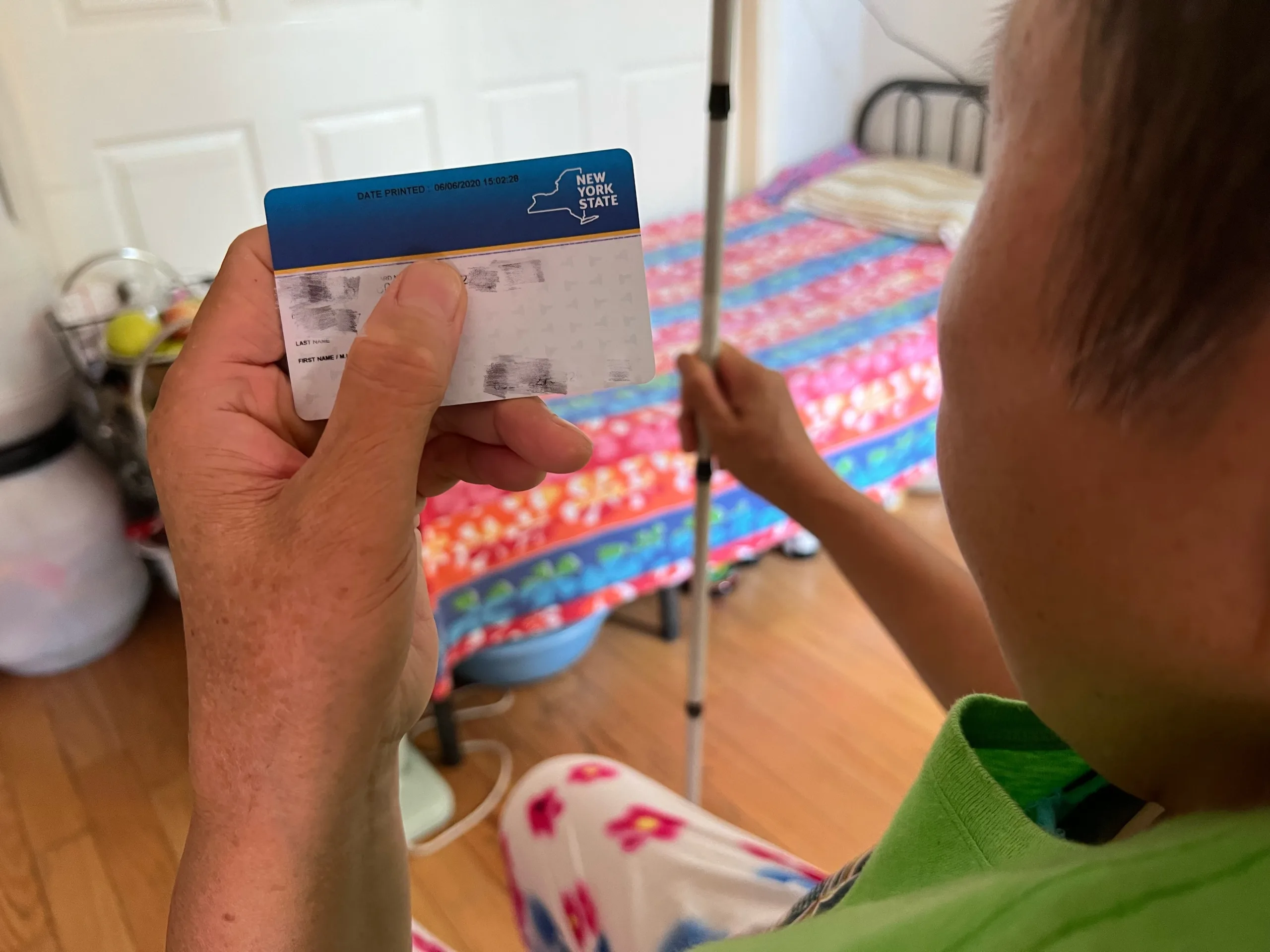The Biden administration will face a major challenge from a New York judge’s ruling that the government must provide immigration hearings for detainees within 10 days of their arrest—which federal authorities fail to do in 80 percent of deportation cases nationally.
Judge Alison J. Nathan’s Nov. 30 order at U.S. District Court in Manhattan was the first to draw a constitutional line on the long waits detainees often undergo in Immigration and Customs Enforcement custody before they get to see a judge. The case was sparked by delays that typically reached two to three months at New York’s Varick Street immigration court in the summer and fall of 2018.
Nathan’s order applies to detainees the ICE New York Field Office arrests. But it creates pressure for ICE and the Executive Office for Immigration Review to apply this standard across the country if they wish to avoid further lawsuits charging them with routinely violating the due process rights of thousands of immigration detainees. Resisting the standard set in New York would also undercut President-elect Joe Biden’s campaign “commitment to a fair and humane immigration system.”
“The way that we see this is that this should be a wake-up call,” said Mauricio Noroña, an attorney in the immigration clinic at Cardozo School of Law, which brought the case with the New York Civil Liberties Union, Bronx Defenders. “They should obviously apply the logic elsewhere because it’s not just in New York that people have a constitutional right to due process.” He added: “We certainly hope and expect that the incoming Biden administration will take this as a cue and act affirmatively.”
As for the Trump administration: it’s not commenting. An ICE spokeswoman said the agency is still reviewing the judge’s order. Spokespersons for EOIR and the U.S. attorney’s office would not comment.
Also Read: How ICE Controls Journalists’ Access to the Immigration Courts
‘No record of my A number’
Before the lawsuit was filed on November 15, 2018, ICE detainees arrested in the New York area typically waited weeks and sometimes months in “criminal jails under harsh conditions and with inadequate access to medical care,” as Judge Nathan put it. She added that as civil detainees they are “entitled to more considerate treatment and conditions than criminals whose conditions of confinement are designed to punish.”
The government argued that there were already adequate safeguards for people ICE arrests: ICE is required to make an individual bond determination for each person it takes into custody within 48 hours, and provide an expedited bond hearing before an immigration judge if the detainee asks for it.
“These safeguards are, in fact, illusory,” the judge found, noting that ICE routinely denies bond in every case.
The lead plaintiff, Uriel Vazquez Perez, a White Plains resident who had lived in the United States for 20 years after migrating from Mexico, described in court documents what it was like to be held without an immigration hearing in the Orange County Jail in Goshen after his arrest on October 30, 2018. “While I was detained, I used to call the EOIR hotline every two to three days to find out if I had been assigned a court date, but it always said there was no record of my A number in the system and my case had not yet been registered,” he said.
Meanwhile, without the income from his job as a landscaper, his wife fell behind on their rent payments; they feared they would lose their home. At the jail, “We only got a little bit of food each day, and it was cold in the cell. There was no heat, only air conditioning, and we received only two blankets. Also, some of the guards mistreated people. They treated us as if we were worthless.”
After the federal lawsuit was filed, he received an immigration hearing in court; the judge released him on bond—as immigration judges did for 30 to 40 percent of the detainees whom ICE had refused to release, according to Nathan’s ruling.
Also Read: Disorder in the Immigration Courts
Bureaucratic malfunction
Documents the government filed in the lawsuit give a revealing look at the bureaucratic chaos in both ICE and EOIR that contributed to unconstitutionally long periods of incarceration. At ICE, the assistant field director of the New York office acknowledged that after an arrest, the process for issuing a Notice to Appear, the charging document for a deportation, became entangled in delays with the agency’s lawyers at the Office of Principal Legal Advisor, which reviewed each filing. At EOIR, staffing shortages, clerical errors and a near doubling of new cases in two years meant that cases piled up before being filed, or simply slipped through the cracks.
Under the pressure of the lawsuit, ICE made monthly reports to the court on the waiting times from arrest to filing of a case. EOIR reported similarly on the period from filing to the initial master calendar immigration hearings for the Varick Street detainee docket. The government pledged to get all cases into a courtroom within 20 days — no more than three days for ICE to file a Notice to Appear, and 17 more days for EOIR to schedule a hearing.
In the early months, the bureaucratic malfunction continued. EOIR brought in a new court administrator for the Varick Street court in May 2019, David Norkin (who became an immigration judge in January). That month, it took EOIR longer than 17 days to hold a first hearing for nearly half the cases, 45 out of 98.
In doing a mid-year review of the court’s operation, Norkin found that the legal assistant in charge of scheduling immigration hearings had misunderstood the court’s calendar and thought that the judges’ had been assigned more cases than they actually had, he wrote to the federal court.
Judge Nathan issued an interim order on September 30, 2019 that required the government to provide her with a prompt explanation for why any individual case took longer than three days for ICE to file or 17 days for EOIR to hold a first hearing.
After a sharp rise in wait times during the springtime Covid-19 peak, wait times dropped in recent months to within the 10 days that the judge ultimately ordered.
“That certainly speaks well for the government’s ability to get this done not just in New York but elsewhere in the U.S.,” Noroña said. “There’s nothing that I think is special about New York that the government was able to get things done correctly, at least in the last few filings.”
Also Read: A Family Trip Turned Into an Immigration Nightmare
‘Horrific mismanagement‘
Nonetheless, no more than 10 days in jail from arrest to first hearing is a standard the government is far from achieving in the system at large.
Documented analyzed EOIR data for cases filed in the 111 largest detainee courts from October 2019 through the end of October this year. Of the 51,300 cases in that group, ICE and EOIR took longer than 10 days to provide a scheduled first hearing in 80.1 percent of the cases. For a quarter of the detainees, it took longer than a month in jail to see a judge. If Judge Nathan’s earlier order to provide a first hearing within 20 days had been in effect nationally, the government would have violated it in 45 percent of the cases.
The hearing location at Adams County Correctional Center in Natchez, Mississippi, which is under the jurisdiction of the New York court but not covered by Judge Nathan’s order, exceeded the 10-day mark in 93 percent of the cases. The cases are heard by video at Varick Street Immigration Court in Lower Manhattan.) The Ulster Correctional Facility in Napanoch, N.Y., which contains a separate court but shares some administrative functions with the Varick Street court, missed the mark in 99 percent of its cases. The same goes for the court located in Fishkill, N.Y.; none of its cases was handled in 10 days or less.
Around the country, many of the busiest courts aren’t even close to moving cases within 10 days. For those handling more than 400 detainee cases in fiscal year 2020, which ended Sept. 30, it took ICE longer than a median of three days just to get the typical case filed in 22 hearing locations. These sites handled a combined 19,989 cases. The slowest: ICE’s handling of a cases located at Jackson Parish Correctional Center in Jonesboro, Louisiana — a median of 18 days to filing from either arrest or issuance of a Notice to Appear, using whichever time period was shorter.
Then there were eight courts in which it took EOIR longer than a median of 17 days to provide either a master calendar hearing or bond determination. The slowest: the court at La Palma Correctional Center in Eloy, Arizona, where it took a median of 38 days from when it received the case.
And the order in New York is not to achieve a 10-day median, meaning the midpoint of all the cases; it’s 10 days from arrest to first hearing for all cases. These numbers show that EOIR and ICE have a long way to go to achieve what a federal court determined to be a marker for the Fifth Amendment right to due process.
Samuel Cole, a Chicago immigration judge speaking in his role as director of communications for the National Association of Immigration Judges, said it’s important that cases be brought to court in a timely way. “Delay is a real problem for due process,” he said, adding, “there are so many sources of delay.”
In addition to delays in filing cases after an arrest is made, and then in scheduling hearings, there can be lengthy waits for paperwork to be moved for cases that are transferred from one court to another. “I’ve seen that take months,” Cole said. “There are so manymay opportunities for people to sit in custody” for too long. It’s especially a problem for detainees who don’t have a lawyer, he said.
“A lot of immigration courts across the country are woefully understaffed,” Cole said. “There’s been just a horrific mismanagement of the courts and the staffing of the courts for years.”
Sui Chung, the chairperson of the American Immigration Lawyers Association’s EOIR/ICE Liaison Committee, said she didn’t know of any standard the two government agencies have set for moving cases toward a first hearing without delay. “I think that’s where we should be going,” she said. “I’m really excited about the case in New York.” She added: “We should have a presumption of non-detention instead of detention.”
Also Read: Immigrants Left Out of COVID-19 Emergency Rent Relief
Correction: This article was updated on Dec. 21 to reflect the fact that Make the Road New York was not co-counsel in the Vazquez Perez v. Decker case.















